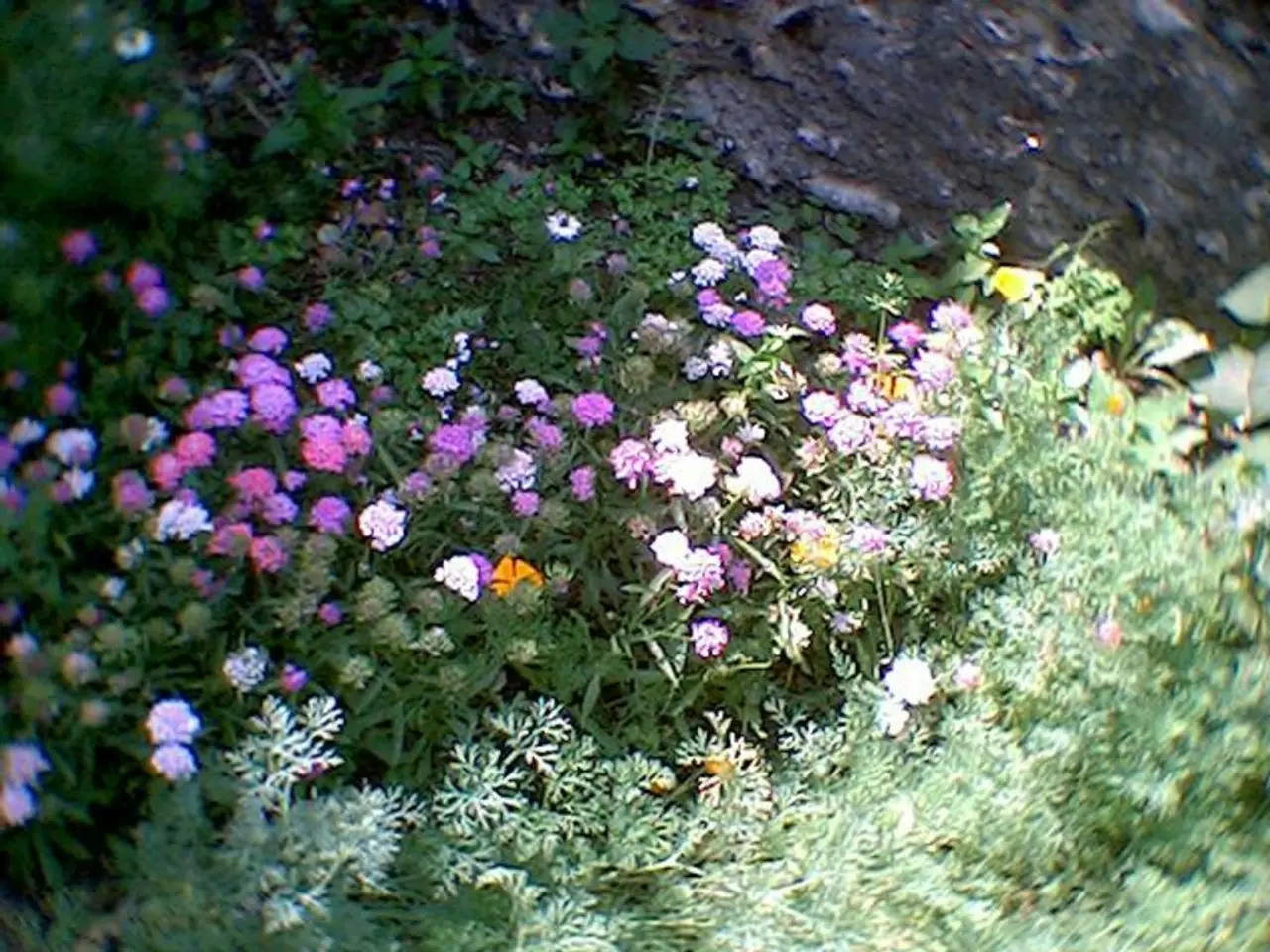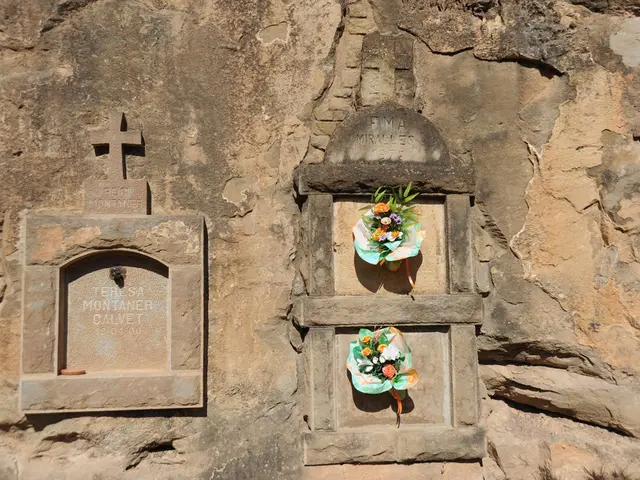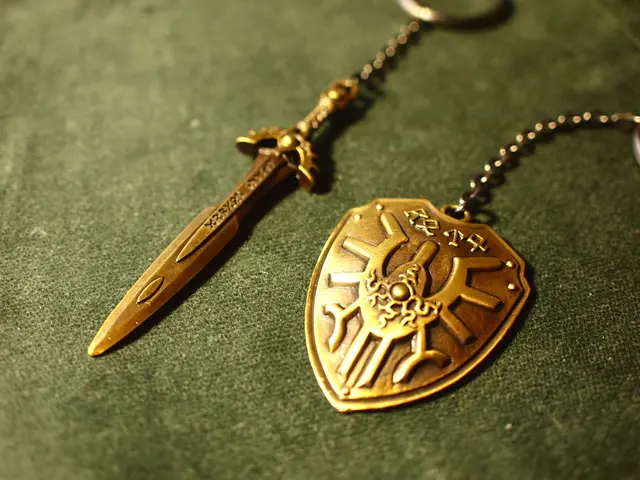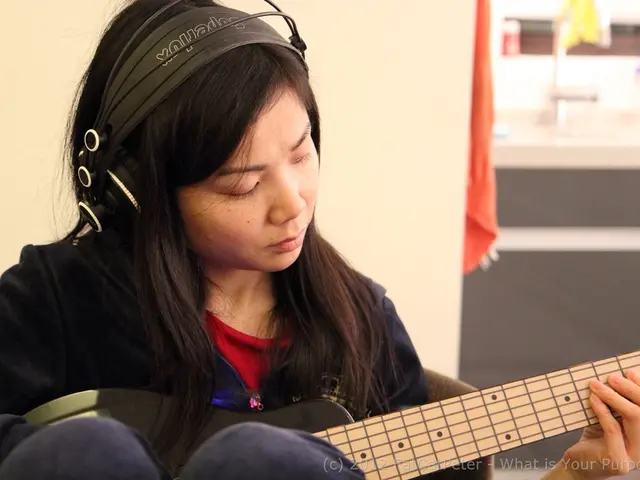Avoid Pruning These Species After Summer: A List of 7 Plants That Should Remain Untouched Until Autumn
==============================================
Summer is a season of bloom and growth, but when it comes to pruning, it's essential to know which plants to handle with care. Here's a guide to help you maintain your garden's health and beauty without compromising next year's blooms.
Plants to Avoid Pruning During Summer
- Evergreens such as junipers and American arborvitae should be left untouched during summer. Pruning can leave bald spots or prevent regrowth on older wood, affecting their shape and health.
- Plants that bloom on old wood, like lilacs, honeysuckle, philadelphus (mock orange), snowball bushes (viburnum), and roses, should also be spared. Pruning these plants during or after summer flowering can remove buds needed for next season’s blooms. They are best pruned immediately after flowering or in late winter/early spring.
- Shrubs prone to becoming top-heavy when pruned too late, such as snowball bushes, should undergo light deadheading instead in summer, with harder pruning delayed to dormant seasons. Heavy summer pruning can lead to poor form and reduced blooms next year.
Plants That May Benefit from Summer Pruning (with caution)
- Lupines, delphiniums, daisies, azaleas, lantana, and some perennials may benefit from summer pruning or deadheading. Pruning can encourage a second flush of blooms, but timing and technique must be approached with care to avoid affecting next year's growth.
Timing is Everything
- To ensure plenty of flowers on smoke bush, prune it in late winter or early spring – before flower buds have shown.
- Pruning of rhododendrons should be done soon after flowering, which may extend into early summer.
- It is best not to prune crepe myrtle during summer as the flowers appear on new spring growth.
- Don't interfere with blooms by pruning panicle hydrangeas in summer. Light pruning can be done in fall, late winter, or early spring.
Specific Plant Information
- Butterfly bush blooms profusely in summer and attracts butterflies with its graceful spikes of flowers. However, it can get a little unruly without trimming, which can be done aggressively in spring.
- Oleander, an evergreen flowering shrub or small tree hardy in USDA zones 9-11, should be pruned in late winter before new growth appears.
- Smoke bush gets its common name from the wispy, smoke-like flowers that bloom in late spring and early summer.
- Crepe myrtle (Lagerstroemia indica) is a beautiful flowering tree that grows in USDA zones 7-10, providing an abundance of gorgeous summer flowers in red, pink, or white. Pruning in summer delays blooming.
- Potentilla (Potentilla fruticosa) is a small-to-medium-flowering shrub for USDA zones 2-7. It flowers on new wood, so it should be pruned in late winter or early spring. The thickest stems of potentilla will not bloom anymore, so they can be cut all the way back.
In summary, avoid summer pruning on slow-growing evergreens and shrubs that flower on old wood to maintain their health and blooming potential. For many flowering shrubs, prune right after flowering or during dormancy, not mid-summer, to avoid cutting off flower buds. Happy gardening!
Maintaining a home-and-garden lifestyle during summer involves carefully managing your plants' growth to keep them healthy and blooming. While evergreens such as junipers and American arborvitae, along with bloom-on-old-wood plants like lilacs, honeysuckle, and roses, should be left untouched during summer, lupines, daisies, and some other perennials might benefit from a gentle summer pruning or deadheading to encourage a second flush of blooms. However, timing and technique need to be considered carefully to prevent affecting next year's growth.








